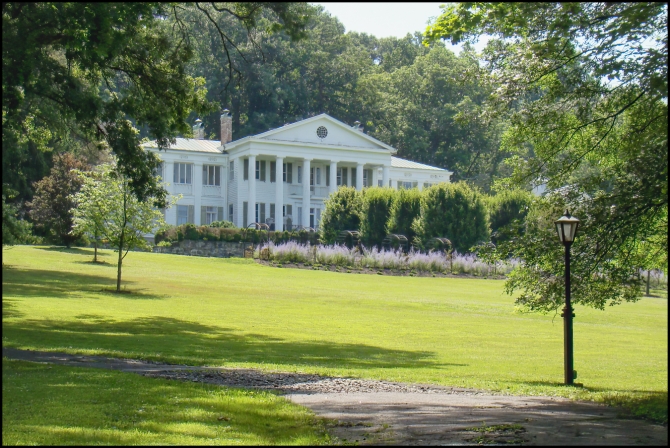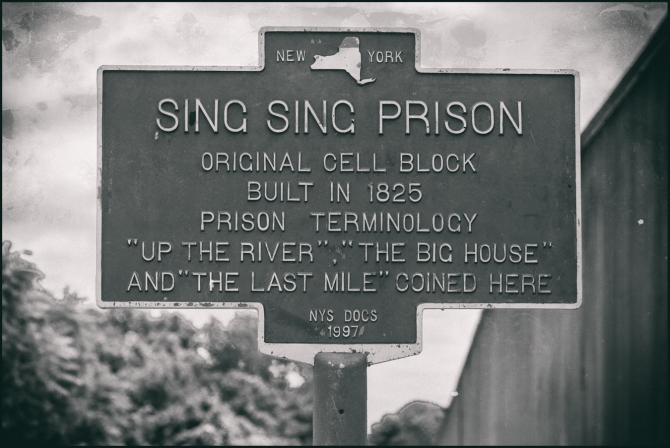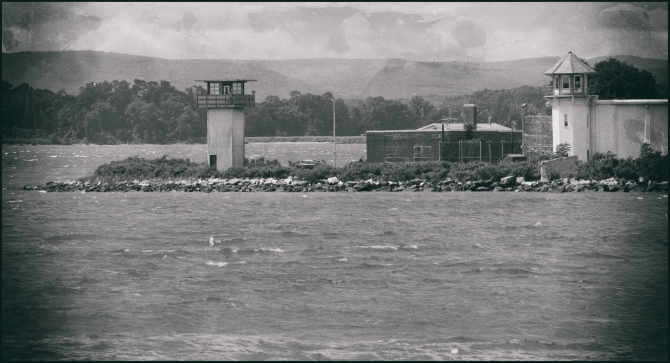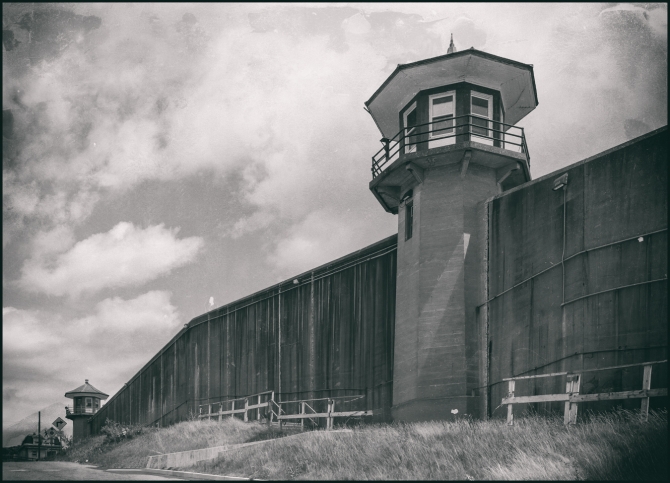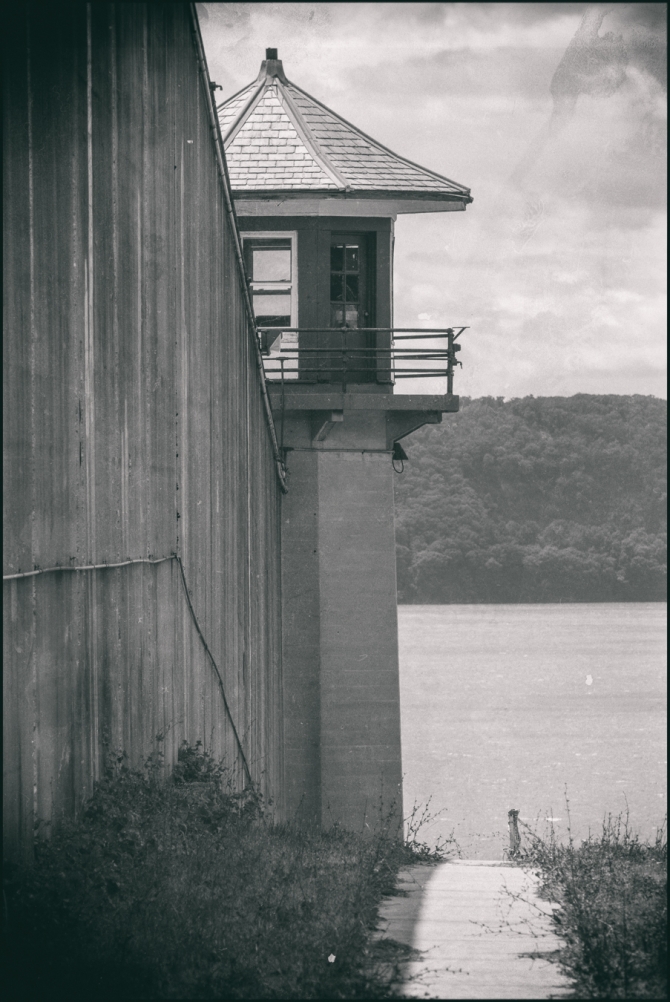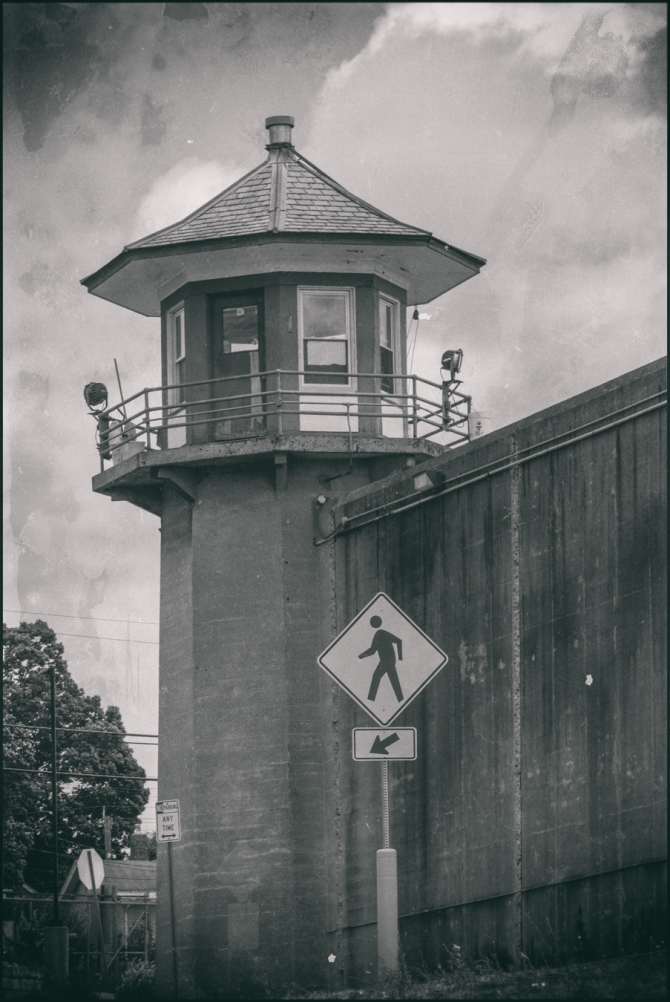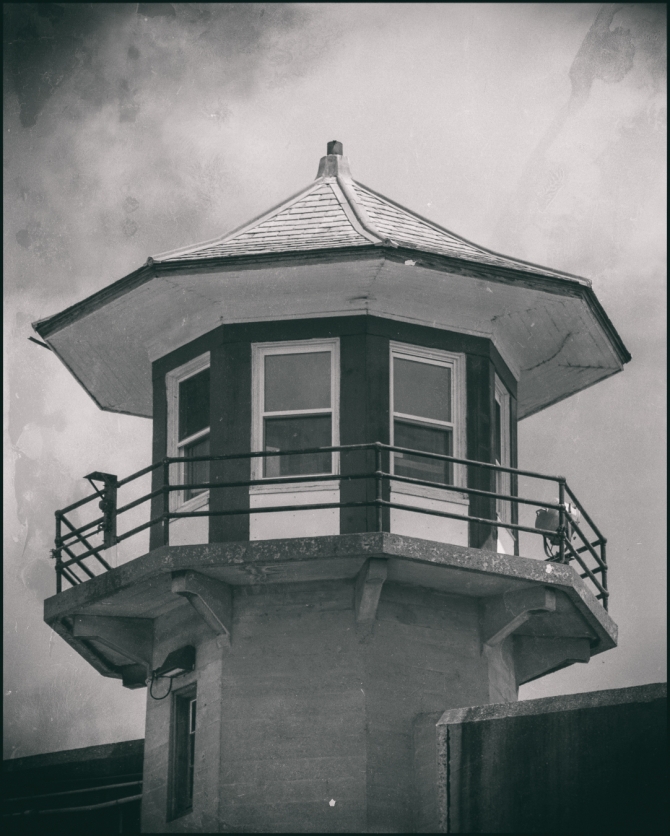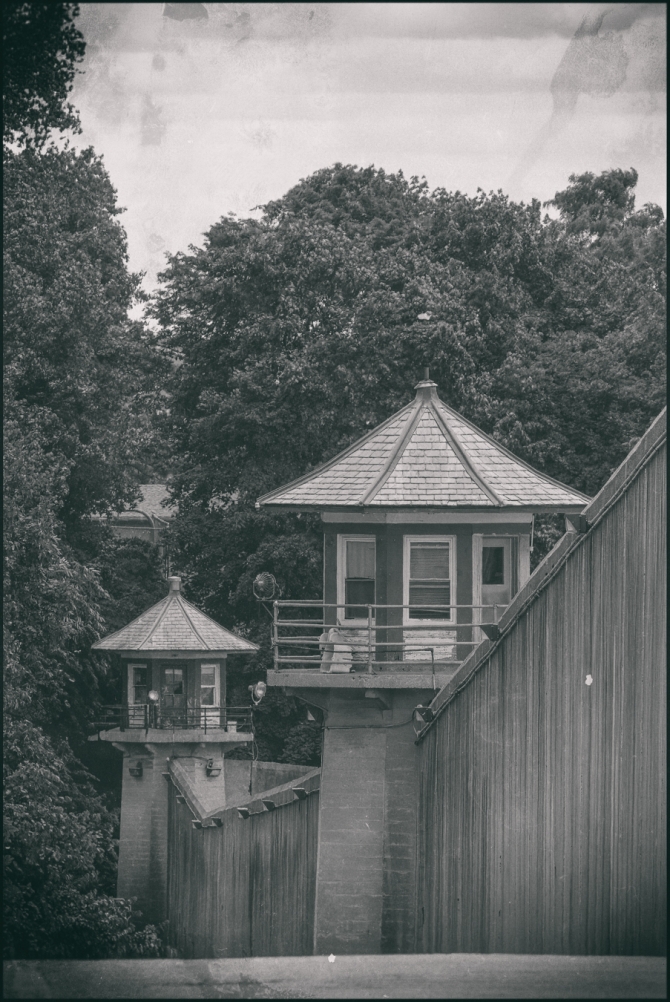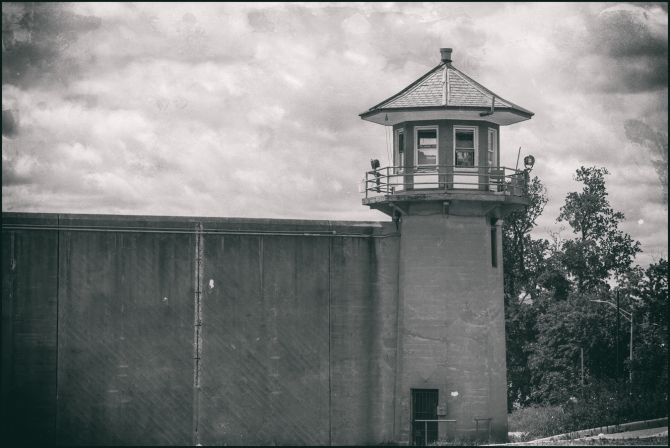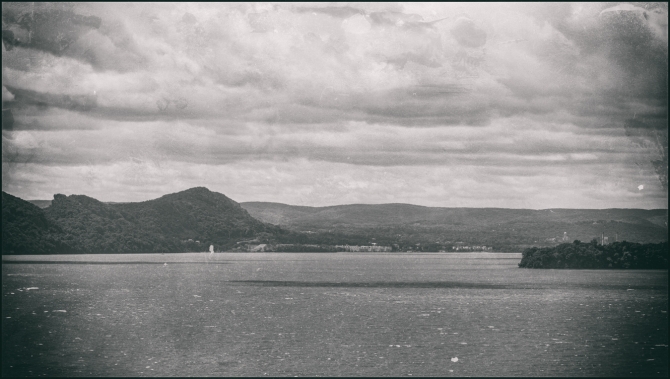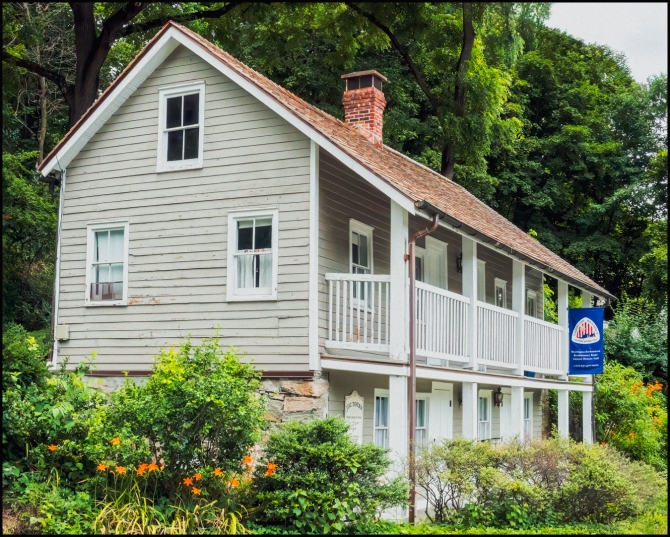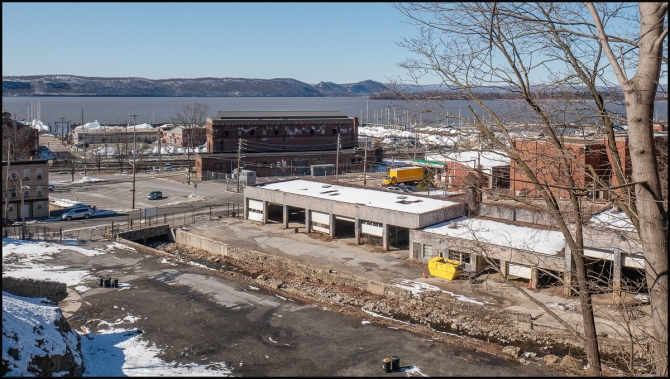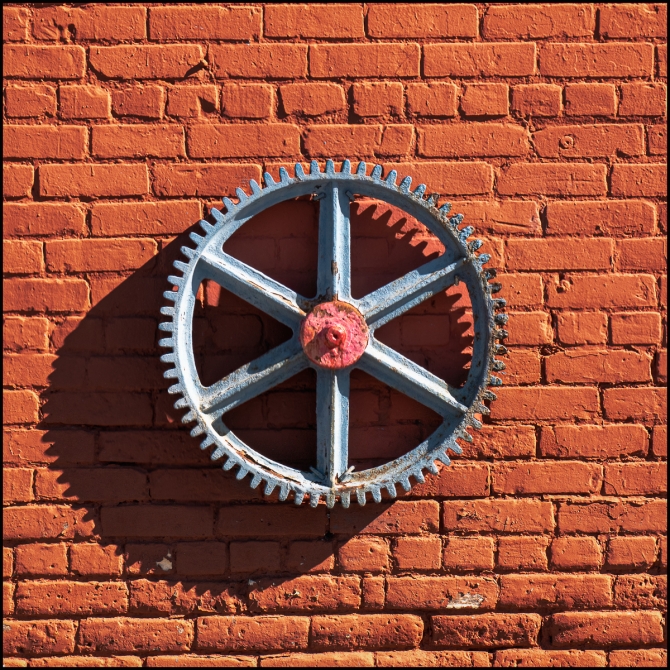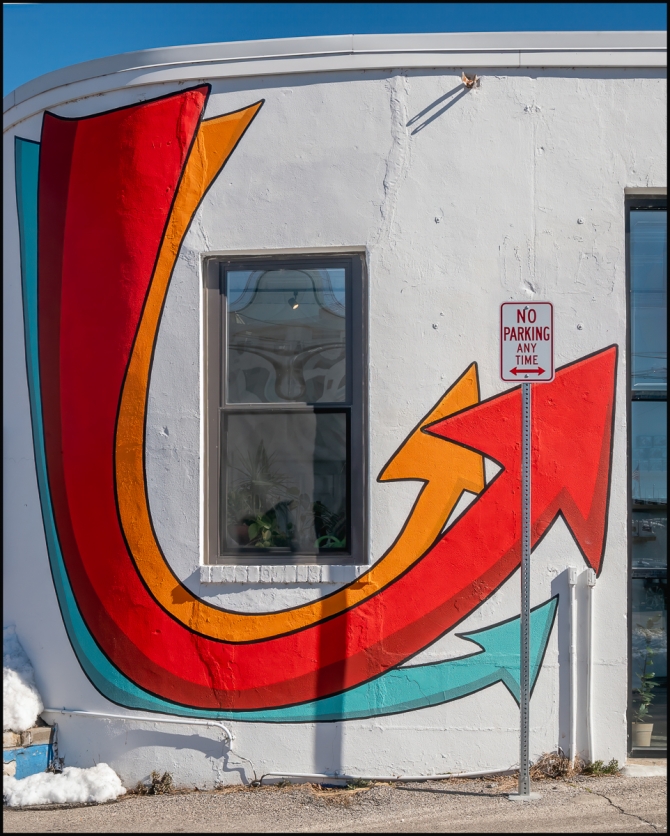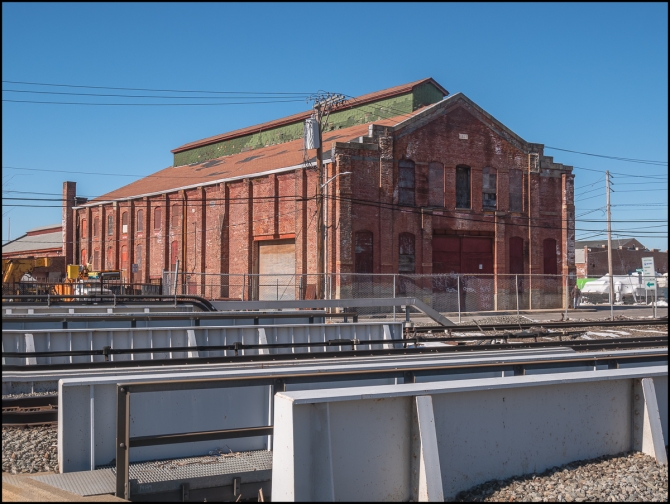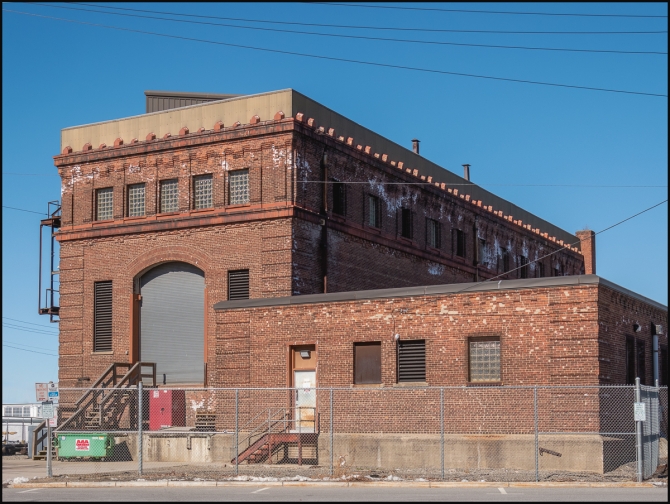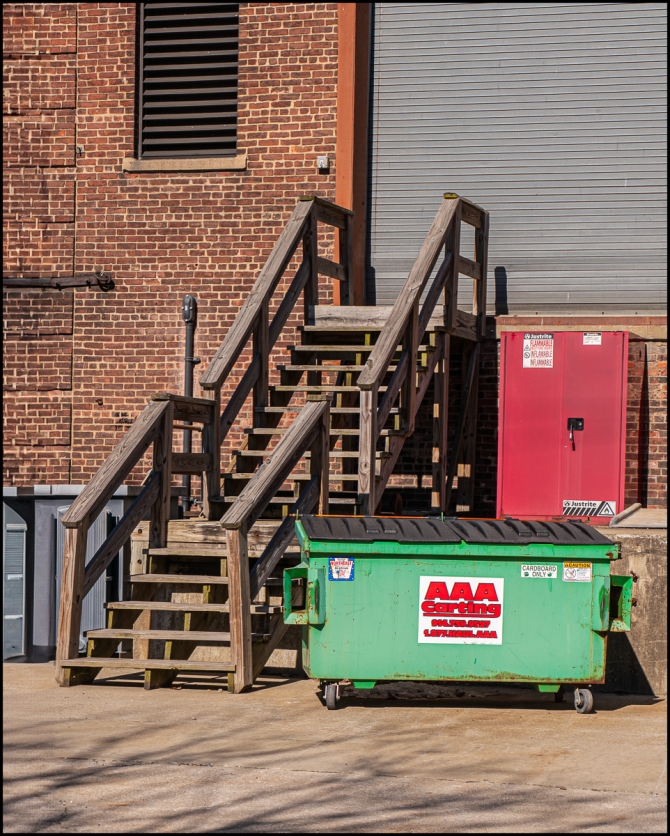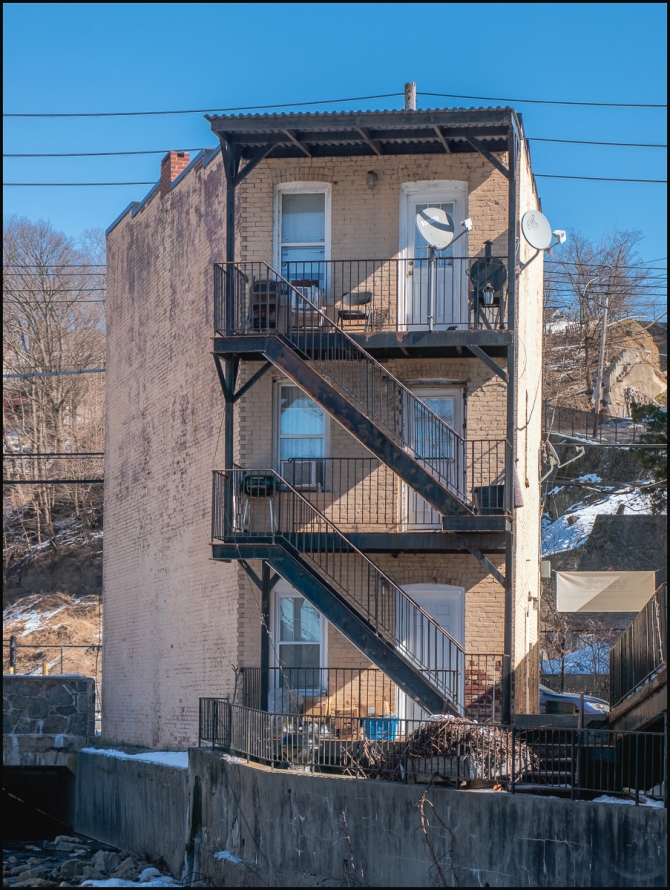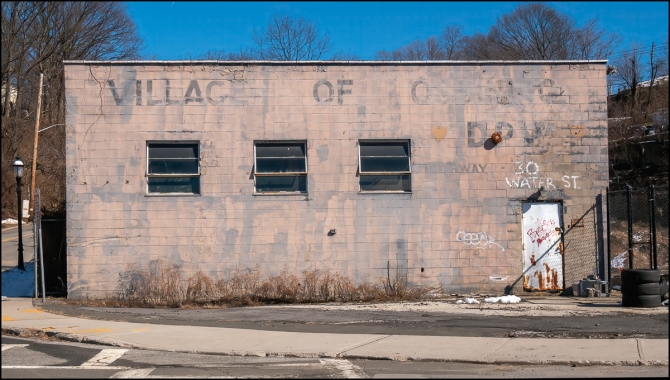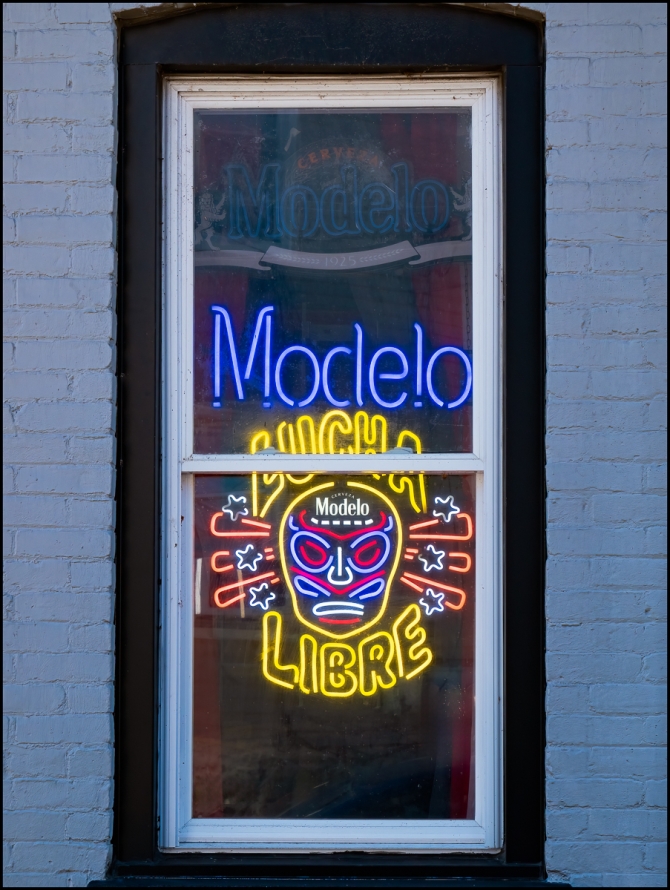As you descend from the corner of Scarborough and Holbrook Roads toward Route 9 you may have noticed a large house that looks like something out of “Gone with the Wind” on your left.
It’s called Ashridge and it stands at 508 Scarborough Road.
An interesting fact: the house was not originally in its present location. It originally stood on Albany Post Road near Saint Mary’s Church. The house, which is thought to have been built by George Swords around 1825, was sold in 1862 by J. Butler Wright to C.C. North for $500 with the understanding that it be moved within a certain time. It was taken down in sections, carefully marked, loaded on sledges and hauled up the hill over the snow. North called his new home Ashridge, because the only large tree on the ridge was an ash. Butler Wright’s own fine house (Weskora) near the original site of Ashridge, part of which is said to have dated from 1779, served as the golf house and, at times, the main clubhouse of the Sleepy Hollow Country Club, until it was torn down in the 1960s. (Adapted from Mary Cheever, The Changing Landscape: A History of Briarcliff-Manor Scarborough – copies available for sale at the Briarcliff-Manor Historical Society, 1 Library Road, Briarcliff Manor for the special price of $20.).
In 1910 Giles and Flora Whiting bought the estate from C.C. North as a country home to go with their New York City apartment. He was an architect and manufacturer of Persian rugs and his wife was the daughter of Louis E. Ettlinger, a printing magnate and the president of Crowell Publishing Co.
The Whitings added two wings on either side of the main house and bought more of the surrounding property, bringing the estate to about 400 acres. Many pieces of their furniture from Ashridge can now be seen in the American Wing of the Metropolitan Museum of Art.
For more on Flora Whiting see this piece on the Briarcliff Manor-Scarborough Historical Society website:
In 1972, Thomas and Martha Shearman bought the estate and extended nearby Law Road, creating 40 building lots that were then sold. Martha was a professional decorator and many of her touches, such as the hand-painted Chinese wallpaper in the dining room, can still be seen in the house.
Other architectural details at Ashridge include a covered porch and sunroom with slate flooring, French doors, original hardwood floors, antique oak and pine paneling and a huge foyer that runs from the front door to the back. The master suite on the second floor remains one of the most impressive parts of the house. It boasts a large bedroom, two sitting areas, an indoor veranda and a full terrace.” (Journal News 12 24/25 2005).
In early 2016, filming for the Amazon Studios series Crisis in Six Scenes featured Ashridge. Scenes from the movie American Gangster were also filmed there.
Taken with a Sony DSC-H50

